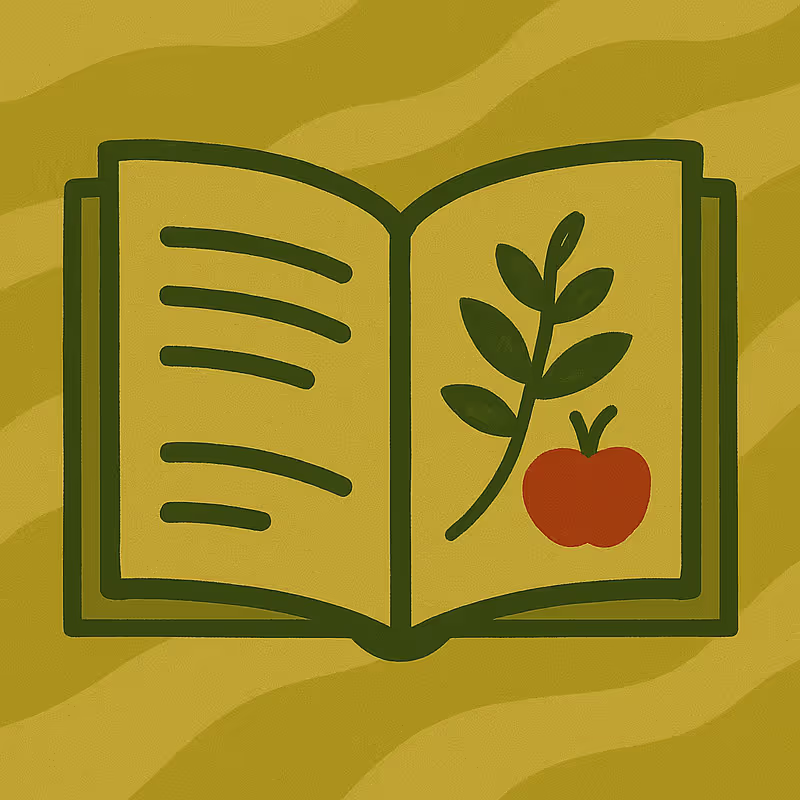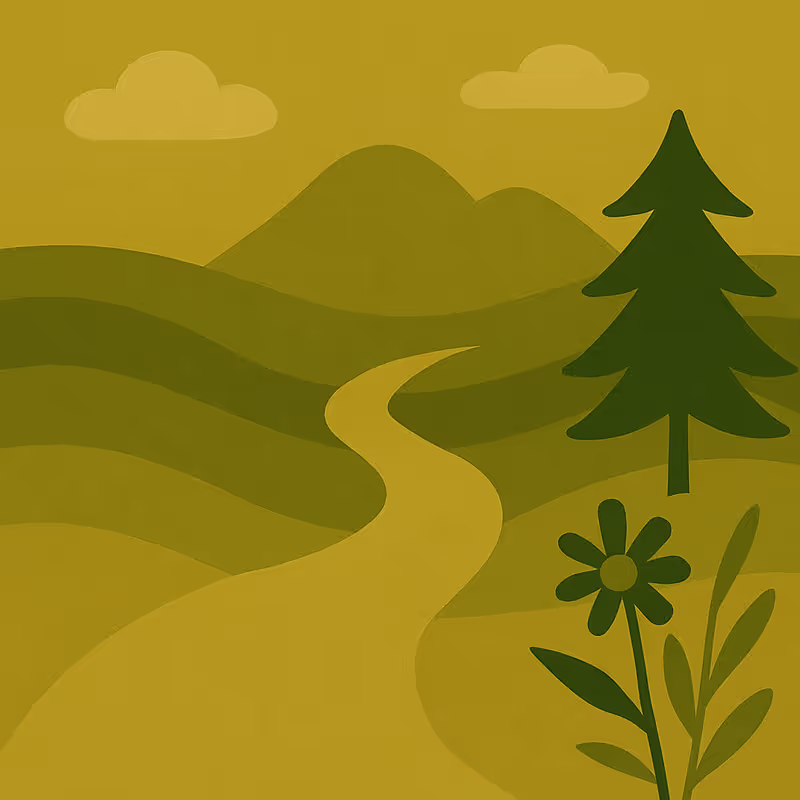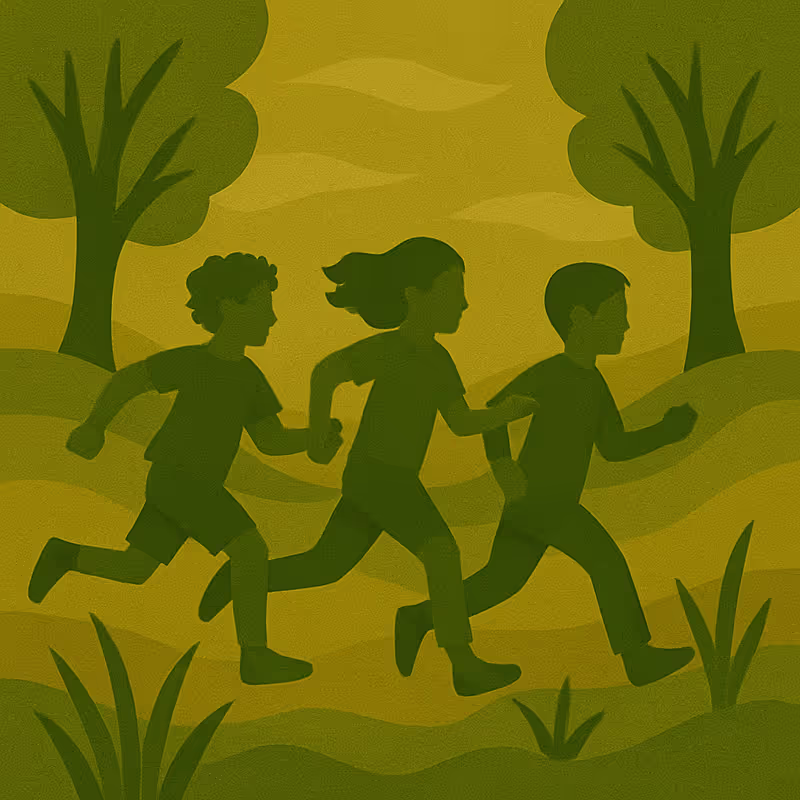Overview
This activity invites students to explore the biodiversity impact of everyday food items, by tracing where their ingredients come from. Using a world map, students locate the origins of key ingredients found in common foods, creating a visual representation of the global nature of our diets.
Through group discussion, students reflect on how food production and distribution affect biodiversity locally and globally.
Learning objectives
The main objective of the activity is to help students understand the hidden links between their food choices and biodiversity loss, and to encourage more curious, informed, and responsible attitudes toward food and nature.
Link with the other resources and duration
This activity works best before the two lessons on Food sovereignty for a just and biodiverse future. It is designed to spark thinking among students about where their food comes from and how this relates to food production impacting biodiversity and nature.
Depending on the time you have in the classroom, you can either dedicate 15 minutes to this activity or an entire lesson, in addition to the two lessons on Food sovereignty for a just and biodiverse future.
Introduction
Before starting, it is important to note that buying food that is good for nature can often be expensive, therefore out of reach for many people. Organic or eco-labelled products are frequently priced higher, making it harder for families on lower incomes to access them. At the same time, there is a risk of greenwashing, when companies use misleading labels or marketing to make their products seem more environmentally friendly than they actually are.
However, sustainable eating doesn’t always have to mean spending more. Local food, especially when bought in season, can often be fresher, tastier, and more affordable than imported alternatives. By reconnecting with local farmers, markets, and traditional seasonal diets, we can reduce environmental impacts while supporting our communities. Either way, learning where food comes from, and some of the hidden costs associated with it, is crucial.
Materials
- 1 map of the world per 10 participants (if your group of students is large, you will need more than one map).
- Pins with paper flags large enough to write a word (one set per map). If these are difficult to find, you can also use sticky notes.
- Digital, printed or actual packaging of popular food items.
Pre-lesson preparation
Ahead of the lesson:
- Select around 10 common food products familiar to students (e.g. chocolate bar, instant noodles, biscuits, any traditional food from where you come from that is widespread in diets). You can also ask students to name foods that they usually eat before the activity, to make sure you bring foods that they use.
- Print out or prepare to project the ingredient lists and product packaging images.
- Research the top-producing countries for key ingredients (e.g. cocoa, palm oil, soy, wheat, sugar). Data on the main producers by country of an ingredient can be found on the FAO website. The link will take you to a map with the main producing countries of rice coloured in red. You can change the ingredient in the top-down menu under ‘Item’.
- Write the name of the ingredients on the flags, with one ingredient per flag.
Optional
You can also prepare ingredient cards which would include: the ingredient name, main countries of origin and a note on biodiversity issues (e.g. palm oil is often linked to rainforest loss).
Notes
If it is feasible in your school context, and depending on the age of the students, you can ask students to take pictures of food in their cupboards that they often eat. They should take a picture of the product and its name, as well as the ingredients list and send it to you in advance, so that you can research where the ingredients come from.
A version of this game can also be played based on food available in the school canteen, or at the nearby tuck shop.
Activity plan
1. Starter discussion
You can kick-off the activity by asking students:
- Do you know where your food comes from? Would you say your diet consists of local ingredients or ingredients coming from abroad?
- Do you think that what we eat impacts nature and wildlife?
2. Groupwork
If your class is large, divide students into smaller groups, with a maximum of 10 people per group. Give each group a world map, the flags / sticky notes and the pictures of food products you prepared.
Ask students to read the ingredients from the food products and find those ingredients on the sticky notes.
Each group marks where they think the ingredients come from on the world map.
After around 10 minutes, depending on how much time you have available:
- If you have limited time: you can go around the groups and look at where the students put the ingredients. Based on your research, correct the places if the students got them wrong.
- If you have one lesson available: you can ask each group where they think the largest producer of each ingredient is (e.g. 'where did you think was the largest producer of palm oil?'). A representative from each group gives their answer.
- Visit all the groups and make sure the flags / sticky notes are placed in the correct countries.
Debrief
Quick discussion and transitioning to the first lesson on Food sovereignty for a just and biodiverse future
If you do not have much time, you can facilitate a (quick) class discussion to feed into the lesson:
- Did anything surprise you?
- How many countries are linked to our everyday diets? What do you think the impact of this is on nature?
Take in students’ answers and then dive into the lesson!
Full debrief
If you have more time, you can also have a proper debrief with your students, which we highly recommend.
Debriefing is a collective discussion method that can help students process and make sense of their thoughts and emotions and identify next steps for action in a safe space, following creative methods and interactive lessons.
As you know your students best, you can carefully think of questions according to the age and knowledge of your students.
Check the instructions in the separate Debriefing activity to help you organise the debrief.


















